Attacment research
How to best attach the tags to the clothing
Introduction
Introduction
Here we explore one of the most significant design challenges. How should the tag be attached to clothing? The group explored a long series of options that will be discussed in this section. The first step was to exclude a series of options that would not fit with our requirements. The options that were excluded at this stage were sown labels and iron-on labels. This was mainly due to the fact that it would leave a permanent mark.
Here we explore one of the most significant design challenges. How should the tag be attached to clothing? The group explored a long series of options that will be discussed in this section. The first step was to exclude a series of options that would not fit with our requirements. The options that were excluded at this stage were sown labels and iron-on labels. This was mainly due to the fact that it would leave a permanent mark.
Press on tags
Press on tags
This would serve our purpose well because the tag will almost never come off accidentally. However this system has a few downsides. Firstly the tag requires a special tool to attach to clothing. This adds a layer of complexity to the system that we would like to avoid. Secondly, the tags are difficult to remove.
This would serve our purpose well because the tag will almost never come off accidentally. However this system has a few downsides. Firstly the tag requires a special tool to attach to clothing. This adds a layer of complexity to the system that we would like to avoid. Secondly, the tags are difficult to remove.
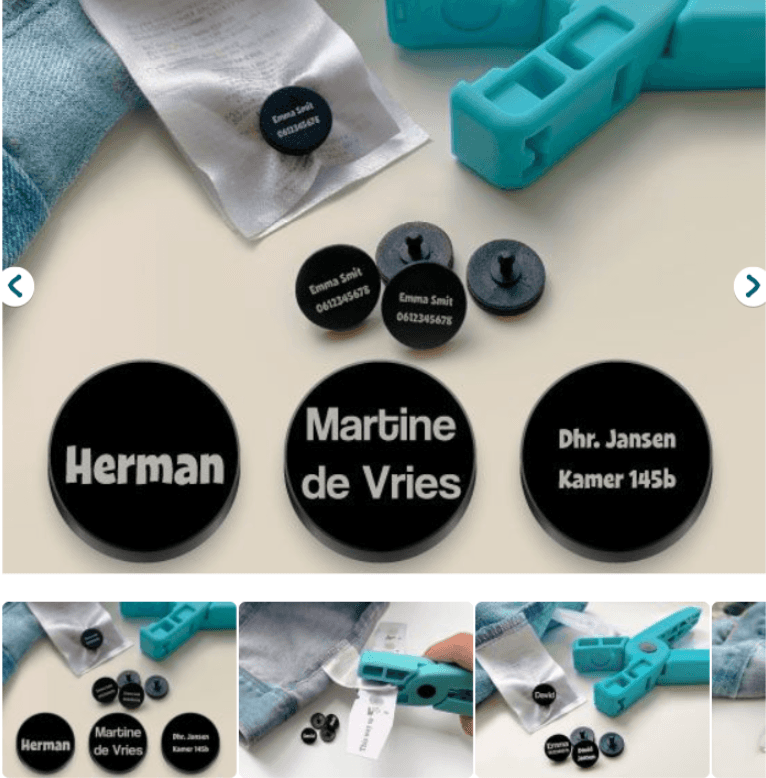


Magnetic tags
Magnetic tags
There are many types of magnetic tags however they can be split into two categories. The first uses a magnet on each side of the clothing that presses into each other. This would be easy to take on and off, however the concern is that this would come off too easily, especially considering that the product has to be able to survive in the washing machine. The second mechanism has one off the magnets permanently attached to the clothing. This makes the system more robust. However, one of the requirements is that the system does not leave a permanent mark. With this in mind we choose to stay away from magnets due to their issues with strength.
There are many types of magnetic tags however they can be split into two categories. The first uses a magnet on each side of the clothing that presses into each other. This would be easy to take on and off, however the concern is that this would come off too easily, especially considering that the product has to be able to survive in the washing machine. The second mechanism has one off the magnets permanently attached to the clothing. This makes the system more robust. However, one of the requirements is that the system does not leave a permanent mark. With this in mind we choose to stay away from magnets due to their issues with strength.
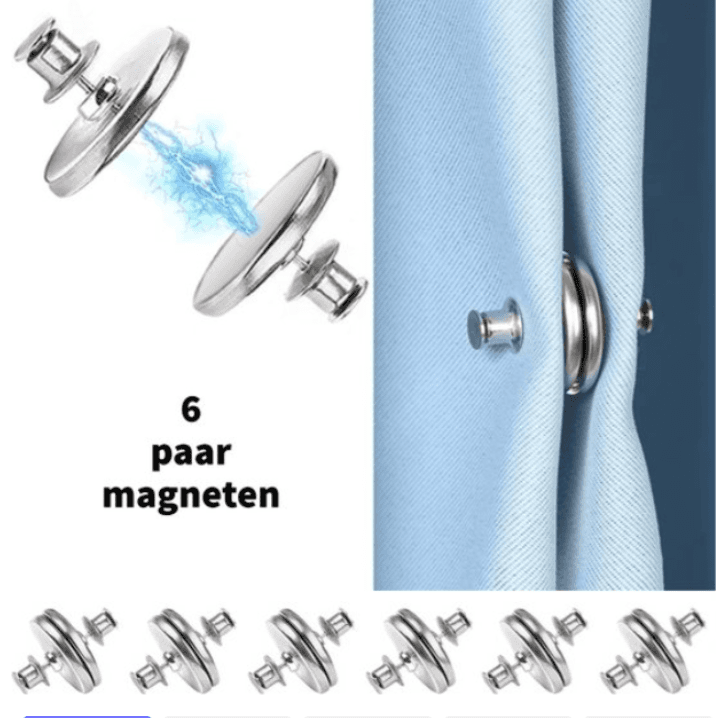

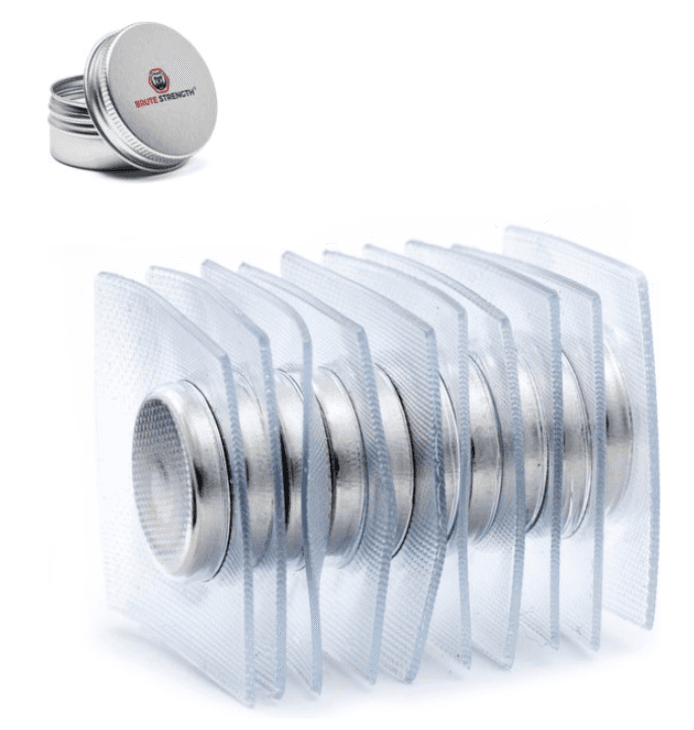



Neck tag systems
Neck tag systems
This is the collection of systems that attach to the neck tags. Festival loops also known as security loops were the first suggestion. This is wire or thread loop that attaches at the ends to a plastic piece. This system could work as it is easy to take on and off and strong enough for the washing machine. Secondly we considered using a mini carabiner. Often seen in climbing equipment, this mechanism is versatile and fulfills our requirements to the same extent as the security loops. However after further investigation we found that many large labels such as Zara and H&M often don't have neck tags and uses printed logos instead. Therefore this direction was also looked past.
This is the collection of systems that attach to the neck tags. Festival loops also known as security loops were the first suggestion. This is wire or thread loop that attaches at the ends to a plastic piece. This system could work as it is easy to take on and off and strong enough for the washing machine. Secondly we considered using a mini carabiner. Often seen in climbing equipment, this mechanism is versatile and fulfills our requirements to the same extent as the security loops. However after further investigation we found that many large labels such as Zara and H&M often don't have neck tags and uses printed logos instead. Therefore this direction was also looked past.
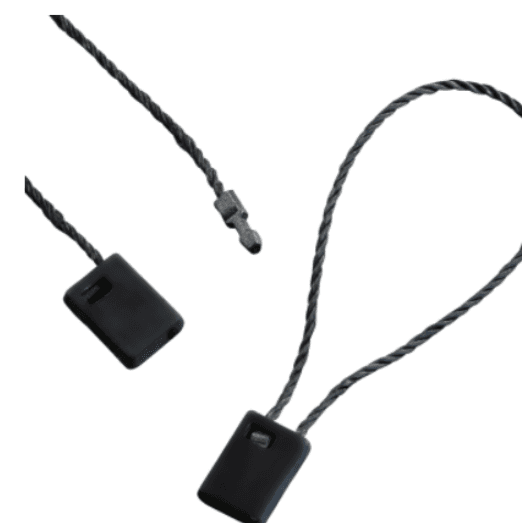

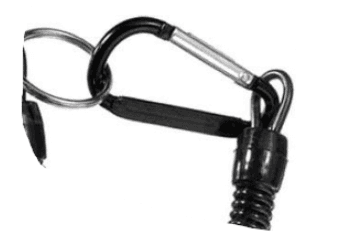



Jewelry and pins
Jewelry and pins
Lastly we decided to look into jewelry and more traditional attachment mechanisms. Firstly we explored earrings. Here we found that traditional pin attachment could work, but there were concerns that the mechanism would not withstand the stress of a washing machine. Traditional pin mechanism is already used for clothes and is a good option, however it also raised concerns about durabbility. Lastly we explored the brooch. Theese are made to be securly fastened while leaving a minimal mark on the clothing. The brooch pin that was deemed most sutable was the one below. This is a safety pin style, brooch pin with a locking mechanism. This ensures that it wont come off.
Lastly we decided to look into jewelry and more traditional attachment mechanisms. Firstly we explored earrings. Here we found that traditional pin attachment could work, but there were concerns that the mechanism would not withstand the stress of a washing machine. Traditional pin mechanism is already used for clothes and is a good option, however it also raised concerns about durabbility. Lastly we explored the brooch. Theese are made to be securly fastened while leaving a minimal mark on the clothing. The brooch pin that was deemed most sutable was the one below. This is a safety pin style, brooch pin with a locking mechanism. This ensures that it wont come off.
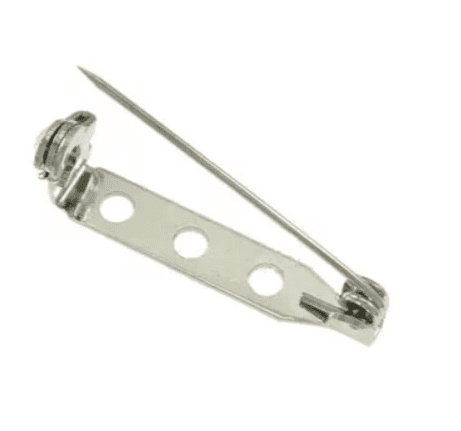

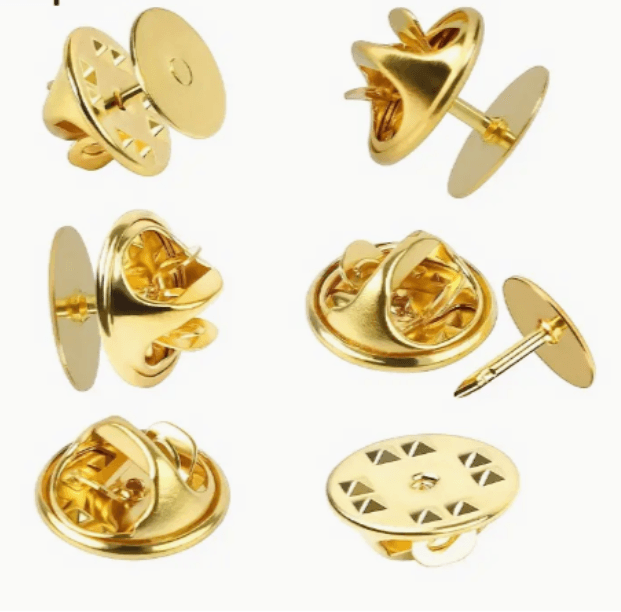

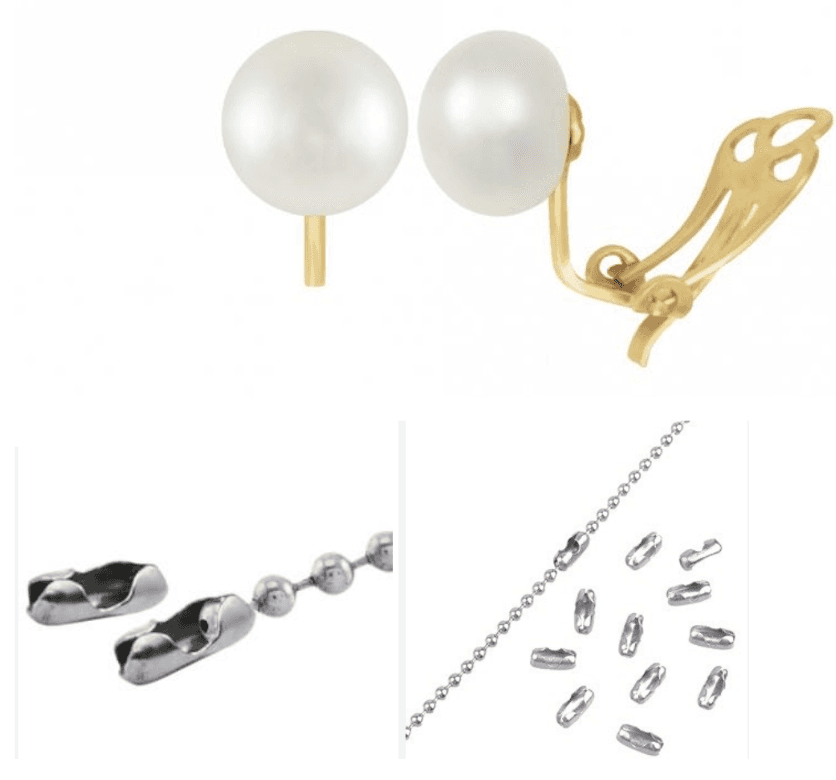




Dsu group 3
Q2, 2024
